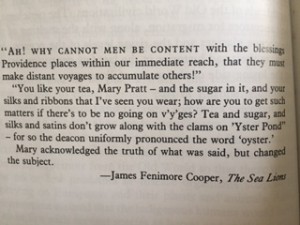Monthly Archives: February 2016
Show, Don’t Tell: Electric Bicycles
Object 1: Highway to Hell
- ft. The Serendipitous Addition of John Laughing While Blowing Up Balloons
Object 2: Hair-Rising Electricity
- Since it was dark, there really wasn’t a way to record this event, but the idea is simple. Just blow up a balloon and rub it on your arm. Then, pass it over someone else’s arm and see/feel their arm hair rise because of the static electricity.
Object 3: A Million Volts
Five Senses: The Central Limit Theorem
Fact: As your sample size increases to a reasonably large amount, the sample will reach a normal distribution, centered on the mean, regardless of what the actual population distribution looks like.
Sight: A Fractal in Motion
- Play around with the settings of the fractal generator and see how small shapes can generate fascinating and intricate designs.
Sound: Gradual Symphony
Touch: Harmony

- NOTE: I was going to take a picture of the sign I made, but I accidentally lost it. So I’ve included a picture of what the braille arrangement was in the event we need to recreate it.
- A handmade sign in braille that reads (hopefully…) “Harmony”. While each individual bump might feel insignificant or like nothing more than a small pebble in a mound of sand, taken together they create something entirely different and meaningful. They’re a whole lot more than the sum of its individual parts.
Smell: Is This a Febreeze Commercial?

- Here’s a bunch of gross, sad things that came together and became something entirely different once I joined them together in a mist of clean-smelling, soothing Febreeze.
Taste/Combination: Trail Mix
[INSERT TRAIL MIX IMAGE HERE]
- TFW you can’t go to Walmart, so you have to improvise a trail mix by combining different cereals and granola to create a mixture that tastes, sounds, and looks really great!
Show Don’t Tell
5 senses: wavefunction must collapse under observation
Sight: http://i.imgur.com/v7Bgv.gif
Sound:
Smell:


Left- Peel of one orange + an orange slice.
Right- Half a mug of Ajax triple action orange dish soap.
Touch: We each tried to pass our hands through the table. Try it again some time- there’s a small chance it will happen, and I like to believe that the power of positive thinking makes it more likely. Molly and Bailey managed it, after all.
Taste:
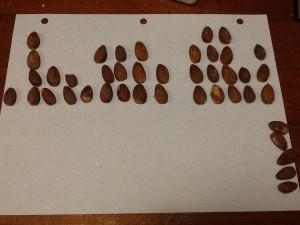

Things that might be hard to tell from the picture- David Carter requested 2-4 almonds and received 3, Omar (I think it was him) requested 1.5, Kimmy requested 3 fat ones, Sophia (alone out of us all) requested 0 almonds, and Bailey requested 3 straight up and 5 to add to his yogurt.
Combo:
5 Senses
ELI5: Gnosticism
Gnosticism is an umbrella term for a variety of sects that may have predated Christianity (the exact origin, and whether it was “Western” or “Eastern”, is hotly disputed) but arose as a coherent religious movement in opposition to early Christianity, and largely faded away within a few centuries. As an esoteric (and often elitist) religion Gnosticism is connected to polytheistic mystery religions and to mystical forms of both Abrahamic monotheism and dualism (Manichaeism, Zoroastrianism, etc.)
While there were many people who considered themselves Christian Gnostics (and some who still do!), the Church has always considered Gnosticism heretical, especially because it positions direct experiential knowledge of the divine (insight, enlightenment) as the key to salvation from material existence. Gnosticism and Christianity share the idea of an imperfect world caused by a “fall from grace”, but where Christianity places the blame on sinful humans, Gnosticism puts it on a flawed divine being. While there are some pretty weird things going on in every Gnostic tradition, it is an interesting twist to have humans bear no ultimate responsibility for their own suffering.
Gnostics consider the entire material world to be at least imperfect and corrupted or even evil. There was never a Garden, a perfect expression of the material world. There is a singular, supreme God/monad who does not “create” anything but rather emanates similarly immaterial beings called æons, which only descend to the material plane through a mistake, flaw, sin. While in one sense everything is an emanation of God, the plane of existence that we live on is so twisted that we can consider it completely separate from the ideal, purely spiritual and immaterial world of Pleroma (Fullness). God is then transcendent rather than immanent, and it would be a mistake to worship nature or other deities contained within this world.
The creator of the material world is called the demiurge (a term borrowed from Plato, I think), who may mistakenly believe that he is God and have servants called archons (roughly analogous to angels or demons, and linked to specific celestial bodies). Gnostics have spent a lot of time making detailed classifications of æons and archons. Æons often come in male-female pairs called syzygies–Jesus and Sophia [okay maybe I had an ulterior motive for choosing this topic] are sometimes the lowest-level syzygy, most connected to the material plane. Other times Sophia is the æon which emanated without a male partner, resulting in the demiurge.
Given its conception of the entire material world as fundamentally corrupt, Gnosticism generally does not offer rules for moral or ethical conduct, leaving this to the individual to decide for themself. Still, many Gnostics looked to Seth (the 3rd son of Adam), Jesus, or Mani as savior figures. Ultimately, release from physical existence could only be achieved after death (and reincarnation would often be the consequence of not acquiring enough insight during one’s life), by overcoming physical existence, somehow undoing the mistake of creation, and returning to the Godhead (Spirit, Fullness, Profundity).
In 1945 actual Gnostic texts were discovered in Egypt; these and other texts which have since been discovered include many additional and alternative narratives to the New Testament. One can imagine why the Church, seeking to assert a single authoritative version of Biblical myths, was so threatened by the proliferation of alternate texts, ideas, and cosmologies that sought to operate both within and without the framework of existing religions.
Sources:
“Gnosticism.” Early Christian Writings. N.p., n.d. Web. 23 Feb. 2016. <http://www.earlychristianwritings.com/info/gnosticism-cathen.html>.
“Gnosticism.” Early Christian Writings. N.p., n.d. Web. 23 Feb. 2016. <http://www.earlychristianwritings.com/info/gnosticism-wace.html>.
“Gnosticism.” Theopedia. N.p., n.d. Web. 23 Feb. 2016. <http://www.theopedia.com/gnosticism>.Hoeller, Stephan A. “The Gnostic World View: A Brief Summary of Gnosticism.” The Gnosis Archive. N.p., n.d. Web. 23 Feb. 2016. <http://gnosis.org/gnintro.htm>.
“What Is Christian Gnosticism?” GotQuestions.org. N.p., n.d. Web. 23 Feb. 2016. <http://www.gotquestions.org/Christian-gnosticism.html>.
The Syrian Conflict
I don’t know enough about current events, so after changing my topic from historical things (the history of a place, or ancient cats), I finally decided to learn about a current conflict I know nothing about.
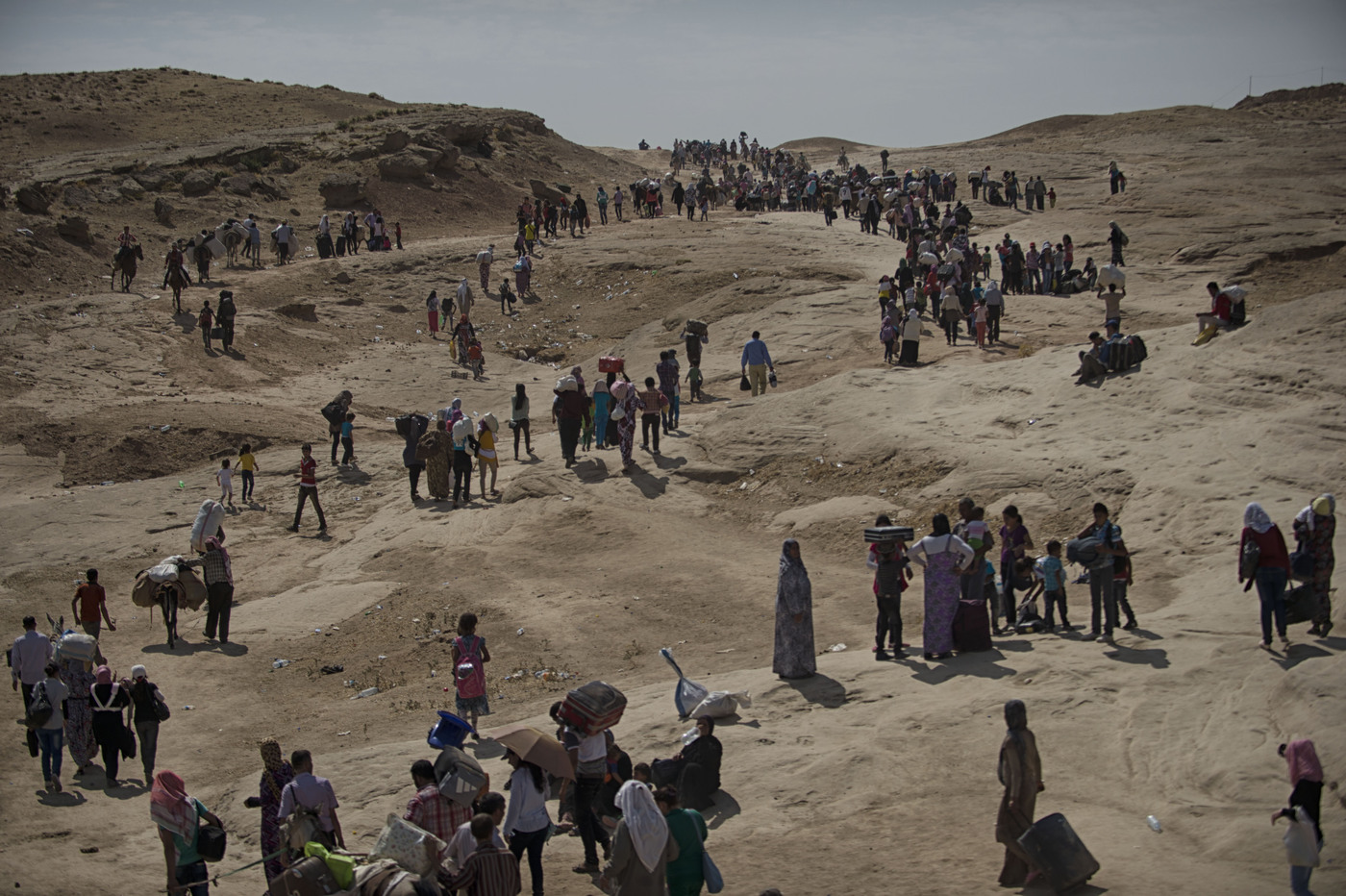
- The Refugee Crisis
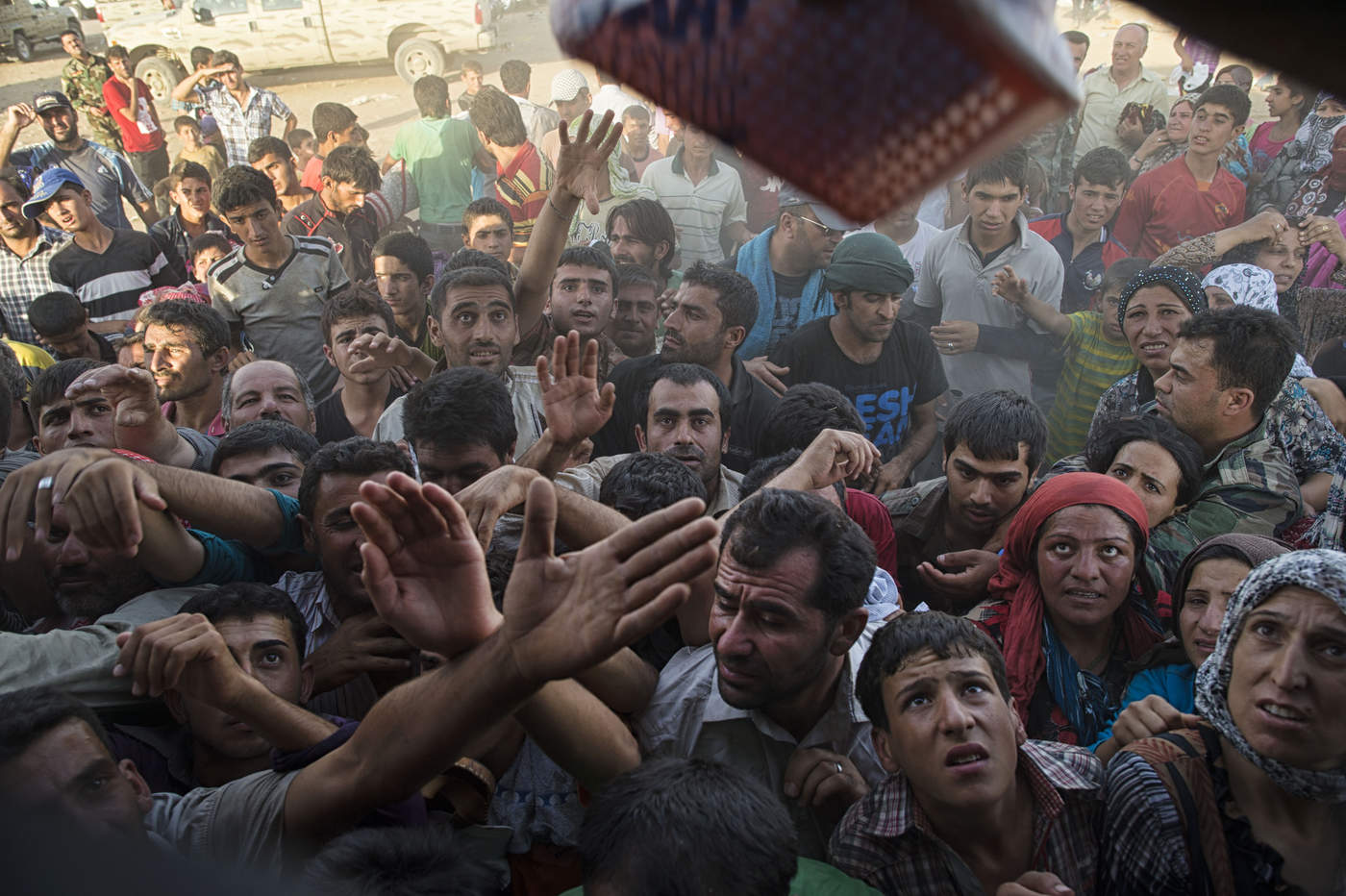

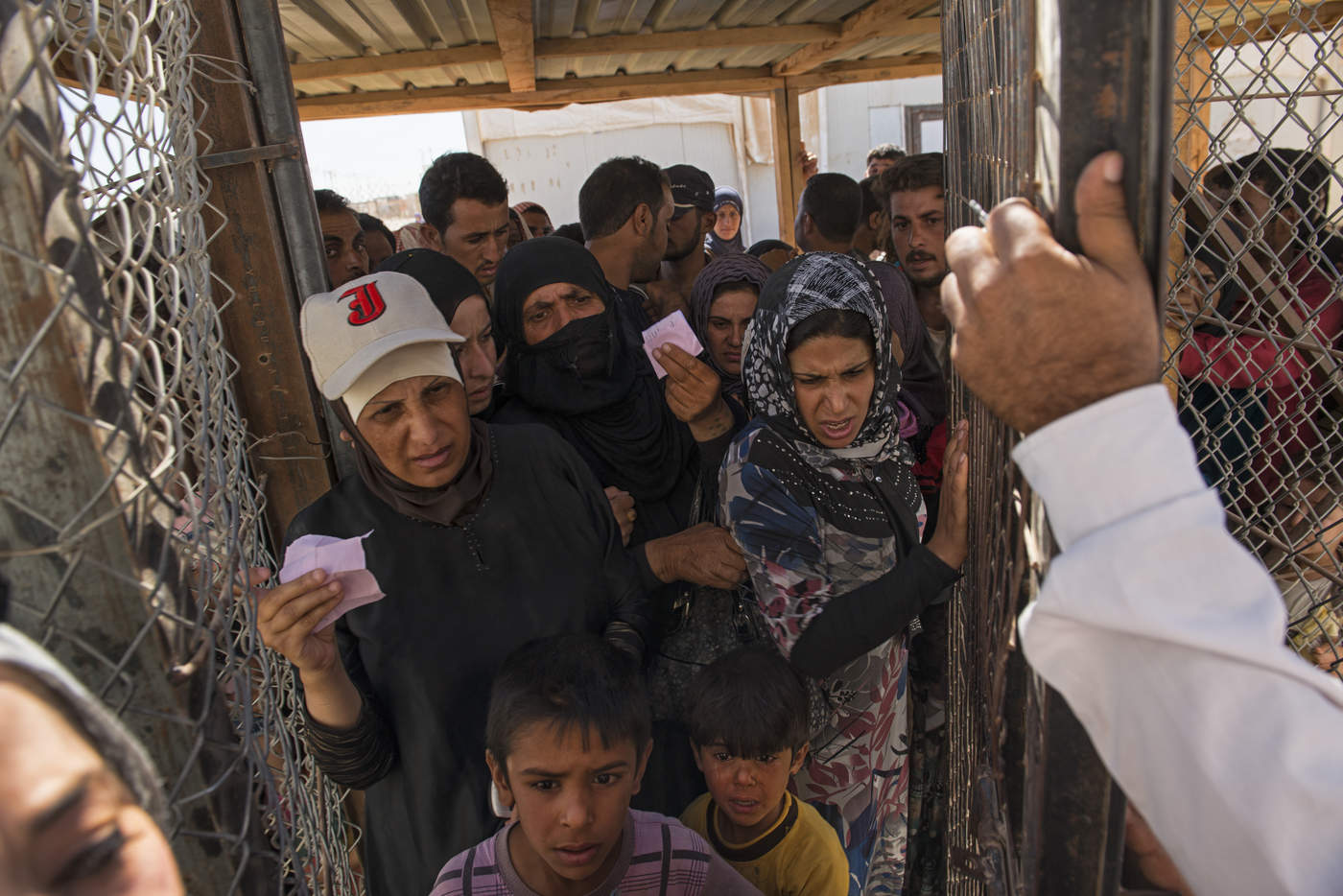
- At this point in time, almost 9 million refugees have been displaced—6.5 million internally displaced refugees in Syria, and another 3 million throughout the Middle East and Europe. This is the greatest diaspora on the European continent since World War II.
- The Syrian Civil War began in March 2011, in part a result of/response to the Arab Spring, a series of political uprisings throughout the Middle East. The Arab Spring began with the Tunisian Revolution in December 2010. The ruling Presidents and governments of Tunisia, Egypt, Libya and Yemen were overthrown by the end of February 2012.
- So how did it start in Syria? Syria has been ruled by a dictatorship, the Al-Assad family, since the 1970s, and there was growing unrest and dissatisfaction with the quasi-dictatorship, especially with the Arab Spring.
- Then, in 2011 several young teenage boys, who had graffitied pro-revolutionary slogans on a school wall, were arrested and tortured. Their story sparked the anti-government protests. This is a picture of one of the boys, now living in Jordan:
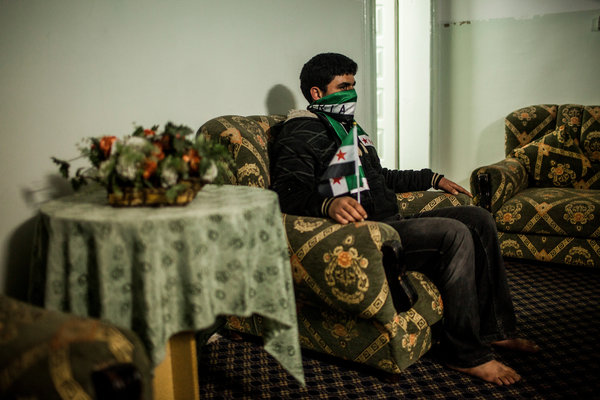
- Unlike other countries in the Arab Spring, when these protests started, President Bashar al-Assad refused to step down. Over the course of 2011 and 2012, the conflict escalated into civil war.
- There are a number of rebel groups involved, and the divisions are both regional and dogmatic. President al-Assad is Shia, Alawite sect, while the majority of the country and the opposition forces are Sunni.
- Iran-based Hezbollah entered the war in 2013 in support of the Syrian Army.
- ISIS also took advantage of the situation to enter the war and strengthen their power—they have gained control over large areas of both Syria and Iraq
- Russia joined the war also in support of President al-Assad, and began an air campaign against opposition groups in September 2015 that’s been particularly brutal
- The US, UK and French coalition, supporting the oppositions forces, also launched its own air strike in 2014 in an attempt to shut down ISIS. While the coalition supports the pro-democratic rebel forces, they have been afraid to do too much, in fear of inadvertently helping the pro-government forces. For example, they’ve been unwilling to provide anti-aircraft weaponry, which could really help with the Russian air strikes, for fear of allowing the weapons to fall into the hands of ISIS or other jihadist extremists.
- Obama was considering US involvement in Syria in August 2013, but ultimately decided against it. Many have accused him for not intervening in Syria at that time, before things escalated to the degree they’re at now.
- “The disappointment caused by the West’s inaction created a fertile recruiting ground for extremists, who told those who had lost their loved ones that they were their only hope” —Majed, a 26-year-old civil society activist (BBC)
- What began as an internal uprising has turned into an international war. Serious human rights violations have been committed—multiple massacres have occurred
- “By June 2013, the UN said 90,000 people had been killed in the conflict. By August 2015, that figure had climbed to 250,000, according to activists and the UN” (BBC). And this is in addition to the 9 million refugees.
- Many (most) of these refugees are suffering with psychological and health problems, which creates more problems for the countries that are taking them in.
- According to statistics in 2015, 95% of the refugees are in crowded, under-supplied camps in neighboring countries.
- Germany established an open door policy, and Merkel also faced critique for taking a too-lenient stance.
- Here’s a video that really breaks down the causes and beginnings, as well as the significant consequences, of the Syrian crisis:
- https://www.youtube.com/watch?v=RvOnXh3NN9w
- There have been some efforts for resolution: in 2014, the UN held peace talks, known as “Geneva II,” but they broke down after only two rounds. The UN then sought to establish a number of areas of ceasefire, “freeze-zones,” which was partially successful, in some areas.
- Most recently: “The US and Russia led efforts to get representatives of the government and the opposition to attend “proximity talks” in Geneva in January 2016 to discuss a Security Council-endorsed road map for peace, including a ceasefire and a transitional period ending with elections” (BBC).
- These talks are going on right now. The New York Times coverage reports that there is a lot of doubt surrounding these talks and the agreed-to ceasefire—whether groups will actually comply with the agreement in reality, or whether the ceasefires will actually make any difference. One recent ceasefire agreement didn’t apply to ISIS or Nusra Front, which made it doubtful whether it will be any more effective than previous ceasefires. From a New York Times article today (Feb 24th), the Syrian Government and opposition groups did agree to a ceasefire, a pause in the war, but all groups involved—including the US and Russia, who led the agreement—are doubtful as to whether this “pause” in fighting will make any difference in the course of the war.
Gregor MacGregor, the Unsung Hero of Con Men
Ladies and Gentlemen, I am here today to tell you all the story of the life of one of the most original men with such an unoriginal name: Gregor MacGregor.
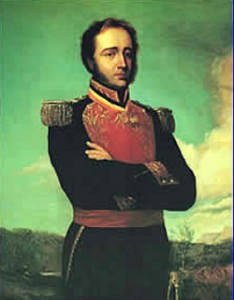
Gregor MacGregor was one of the greatest con men in history, amassing over £1.3 million in bond-market frauds over his lifetime (1786-1845), which would be about £3.6 billion today.
What was MacGregor’s trick to swindling so many people in the early nineteenth century? Upon returning to London in 1820 after an eight-year stint in the Americas, Gregor MacGregor invented a country.
But let’s set the story up properly with some background on our hero. When he was 16, Gregor joined the British army and was seconded (lent) to the Portuguese army where he fought
against Spain before sailing across the Atlantic in 1812 in search of adventure. He landed in Venezuela and joined with Simón Bolívar’s freedom fighters, later marrying Bolívar’s cousin. MacGregor worked his way up to the rank of brigadier general in the Venezuelan republican army after he organized a mass escape through a Spanish siege thanks to a French privateer while fighting for Colombian independence. MacGregor captured Amelia Island off the coast of Spanish Florida with a small force funded by wealthy Americans. These Indiana Jones-esque adventures are all the things he didn’t make up!
Upon his return to London with his wife in 1820, MacGregor started a whole different kind of adventure. He claimed that a Native American king had named him the “cazique” – or Prince – of “Poyais,” a land located near the Black River in modern-day Honduras. MacGregor claimed Poyais, an entirely fictional nation, covered eight million acres and was rich in natural resources but in need of development. That would require both cash and manpower. MacGregor persuaded people not only to invest their savings in the bonds of a non-existent government, but also convinced 250 people to emigrate to Poyais.
How did he accomplish this? Part of his success was due to his brilliant salesmanship. MacGregor got his interviews in the national papers, he wrote and published a book under a false name which confirmed MacGregor’s promises of friendly natives and plenty of natural resources. Another part of his success was due to the chaotic financial markets of the time, where foreign government debt offered a higher rate of return which attracted greedy investors who didn’t take the time to double-check MacGregor’s claims.
In late 1822 two ships carried around 250 settlers – including a banker, doctors, and military commanders – across the Atlantic to Poyais. On arrival, they found no port, no town and no roads. At first, they thought they must be in the wrong place. But the settlers stayed and tried to make the best of it. This didn’t work out. Six months later, a passing ship saw their camp and rescued the remaining settlers. Two-thirds of the “Poyers” (as the settlers liked to be called) had died. Word of all this reached London and the British Navy intercepted the five other boats that had already set sail. By the time that authorities tried tracking down MacGregor, he had already fled to France.
Once MacGregor landed in France, he set about constructing the exacting same scheme, raising money from rich creditors in exchange for Poyais government bonds, and convincing 60 French settlers to get on a boat to sail to the fictional country. However, the French government grew suspicious when they received 60 passport filings for travel to a fictional country. The government stopped the ship in the harbor when it was already full of would-be settlers. Once word got out that the Prince of Poyais was a fraud, MacGregor went into hiding but was caught and imprisoned. He stood trial for fraud in a French court along with his financial partners from the banks. What happened next? MacGregor was acquitted! He beat the charge!
Sensing that he’d better get the hell out of dodge, MacGregor sailed back over to Scotland where a few years later he tried to sell even more people on the idea of Poyais! It didn’t work this time. So what did Gregor do? He sailed back to Venezuela where he was made a citizen, reinstated as a general, received a military pension appropriate for an officer of his rank, and died in relative comfort.
After reading about MacGregor for a while, I actually started rooting for him. He’s a scoundrel, but he’s my scoundrel … like Han Solo but with South American independence movements instead of the Rebel Alliance. Why shouldn’t he be allowed to swindle some stuffy London aristocrats out of their money? Screw those imperialists!
But then I remembered that he conned 250 people into sailing halfway across the world on false promises and that all but 60 of the settlers died before rescue.
Alas, history has all but forgotten Gregor MacGregor. He pulled what is possibly the greatest swindle of all time, multiple times, and his story has single-handedly made me believe that anyone can accomplish great things in life with just a little imagination and no regard for human life.
SOURCES:
The Land That Never Was by David Sinclair (Da Capo Press, 2004) – Available on Amazon
http://www.economist.com/news/christmas-specials/21568583-biggest-fraud-history-warning-professional-and-amateur-investors
http://www.cracked.com/article_15892_the-5-ballsiest-con-artists-all-time.html
Explain Like I’m Five: The Black Panther Party
The Black Panther Party (originally the Black Panther Party for Self-Defense) was founded on October 15th, 1966 by Huey P. Newton and Bobby Seale. Its founding came as a reaction against the social and economic inequality plaguing the lives of black individuals in the U.S. Many African-Americans were still facing health problems, housing problems, and violence from law enforcement officials even after the Civil Rights legislation of the 1960s. Knowing this, both Newton and Seale created a new revolutionary organization that “adopted a socialist way of approaching issues within a community,”(PBS, Formation). They began 35 community development projects or “Survival Programs” (like free children’s breakfast, Liberation Schools, etc.), patrolled black neighborhoods as to protect black individuals from police violence, and outlined a Ten-Point Program that aimed to reverse the negative effects of capitalism and economic oppression.
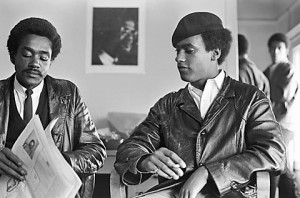
[Huey Newton (right) and Bobby Seale (left) at Black Panther Party headquarters in San Francisco]
It’s important to note, however, that the Black Panther Party did not really make their way onto the national scene until two major events in 1967. The first came on May 2nd, when twenty-nine armed Panthers disrupted a California State Legislature, protesting the Mulford Act, a gun control bill that would have made “carrying a loaded weapon within city limits a crime” (Jones, “The political repression…”). The Panthers claimed that this bill would interfere with their ability to patrol police in black neighborhoods. (Weapons were only used as a means of protection from retaliation). A few months later, on October 28th, tensions between the law enforcement an the BPs escalated, when a shoot out left a police officer dead and a wounded Huey Newton. Newton was soon charged with first degree murder, which eventually became a rallying point for the BPP.
Over the course of two years, the Panthers’ membership grew to over 2,000, with 32 chapters in 15 states and allies from abroad (Jones, “The political repression…”). This, of course, did not go unnoticed. The FBI, recognizing the group’s use of communist and socialist ideology, declared the Panthers an enemy of the government. They were eventually considered to be the ‘number one threat to the security of the United States’ (Jones, “The political repression…”). The government even devoted some of COINTELPRO’s resources (the FBI’s Counterintelligence Program) to completely disembowel the organization by 1969. The campaign against the Panthers eventually came to its height during a five hour shoot out at their Southern California headquarters and an Illinois state police raid that left Chicago Panther leader, Fred Hampton, dead.
Works Cited:
“Black Panther Party”. Encyclopædia Britannica. Encyclopædia Britannica Online. Encyclopædia Britannica Inc., 2016. Web. 23 Feb. 2016 <http://www.britannica.com/topic/Black-Panther-Party>.
“Formation.” PBS, n.d. Web. 21 Feb. 2016. pbs.org/hueypnewton/actions/actions_formation.html
Jones, Charles E. “The political repression of the Black Panther Party 1966-1971: The case of the Oakland Bay area.” Journal of Black Studies 18.4 (1988): 415-434 www.jstor.org/stable/pdf/2784371.pdf?acceptTC=true
Photo:
http://diaspora.northwestern.edu/mbin/WebObjects/DiasporaX.woa/wa/displayArticle?atomid=697

